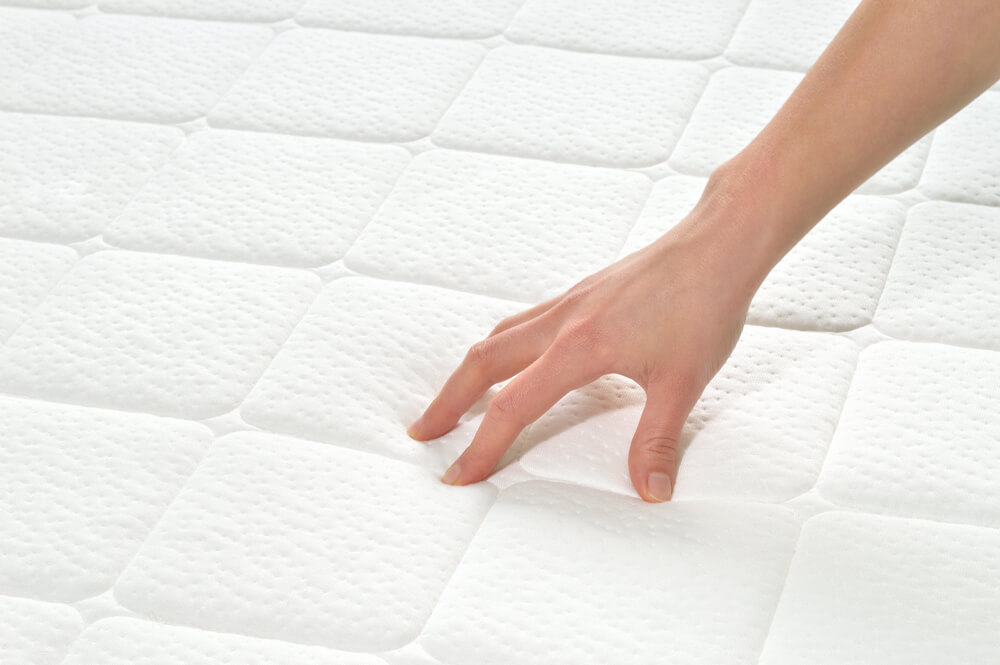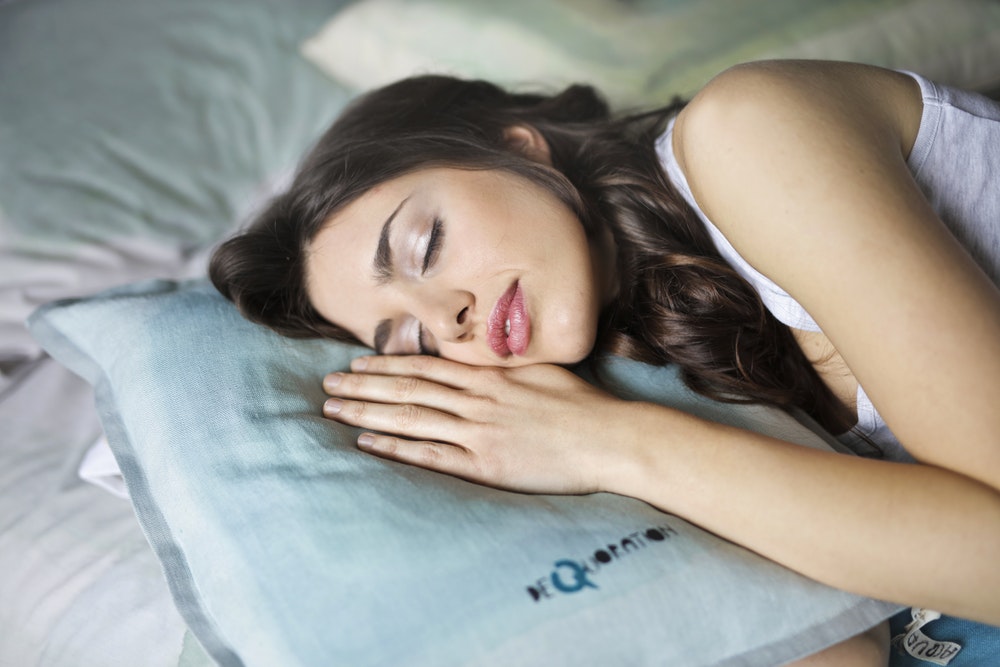Scoliosis is the abnormal leftwards or rightwards curvature of the spine. It occurs often in children and adolescents but can also affect adults.
If you have scoliosis, it’s important that you sleep comfortably. Lack of adequate back and neck support can aggravate scoliosis symptoms such as back pain and potentially make the condition worse.
Here are some helpful tips on how to sleep with scoliosis.
1. Sleep on Your Side or Back
Sleeping on your stomach is the worst position for scoliosis. Your body pushes up against the spine, applying pressure on it.
While sleeping on your stomach won’t necessarily worsen your condition, it can aggravate symptoms like back pain and muscle spasms. It can also make it more difficult to breathe.
The best sleeping positions for scoliosis is on your side or back.
In these positions, the spine assumes the most natural curvature. There’s less pressure on the spine and you’ll be able to breathe more freely.
If you have to sleep on your stomach, get a medium firm to firm mattress that provides plenty of support and ensures your spine is properly aligned.
2. Sleep on a Comfortable and Supportive Mattress

Sleeping on the right mattress is one of the best things you can do for your health and comfort.
There are two essential things to look for in a mattress.
The first is support. This is directly connected to how firm the mattress is.
If your mattress is too soft, your body is going to be misaligned, which will worsen scoliosis symptoms. A medium firm mattress that’s neither too soft nor too firm is the best choice for most people.
It’s also the most comfortable for scoliosis sufferers.
It’s not just a too-soft mattress that’s bad for your back; an old sagging mattress is just as bad for spinal alignment.
If your mattress is more than 8-10 years old, it’s time to get a new one. Even an small depression of an inch or two can aggravate your condition.
The second thing to look for in a mattress is pressure relief. Again, this is related to firmness.
A mattress that is rock hard causes pressure points on your shoulders and hips. This can affect spinal alignment and cause pain and soreness on those areas.
A softer mattress hugs your hips and shoulders, reducing the amount of pressure on them. This maintains your body’s natural alignment.
That’s why we recommend a medium firm mattress. It balances perfectly between firm support and soft pressure relief.
3. Get the Right Pillow
Don’t forget about the pillow. It’s just as important for your comfort.
An uncomfortable pillow can lead or worsen neck, shoulder and back pain.
The best pillow depends on your sleeping position. But generally, you want to avoid one that’s too high regardless of your preferred sleeping position.
It pushes your head and neck upwards, causing spinal misalignment.
If you sleep on your stomach (which you really should try to change), get a low flat profile pillow that’s 3” or less thick.
For side and back sleepers, a 3”-6” pillow is best depending on how wide your shoulders are.
If you have neck pain, get a cervical pillow. It has raised edges to support the neck and a groove in the middle that cradles your head.
As for the filling, memory foam pillows are generally the best for scoliosis sufferers. They provide the right mix of support and pressure relief.
If you need a deeper hug, get a shredded memory foam pillow.
Latex pillows are best for those who find memory foam too warm and stuffy.
4. Use Supportive Pillows

In addition to the head pillow, use a supportive pillow where you feel you need extra support.
For some scoliosis sufferers, a pillow between the knees can help alleviate pressure on the hips. This can help with hip pain.
Others find a lumbar or neck support pillow to help with pain and discomfort.
As your doctor for any other sleep aid and supportive devices that can help.
5. Improve Your Sleep Environment
Studies indicate that scoliosis patients tend to have lower melatonin levels. Melatonin is a hormone that helps us sleep.
Low melatonin levels can cause insomnia and other sleep problems.
Improving your sleep environment can help you sleep better. Make sure your bedroom is dark to signal to your body that it’s time to sleep.
Also reduce noise levels or, if that’s not possible, mask external noises them with a white noise machine or sleep earphones.
Your bedroom should also be cool but not chilly, ideally between 15C and 20C.
Use a fan or heater to get the room to the right temperature.
Also make sure your bed is not too hot. This is a common issue with memory foam mattresses.
Use a cooling topper or buy a cooler mattress made from latex, springs or gel foam.



